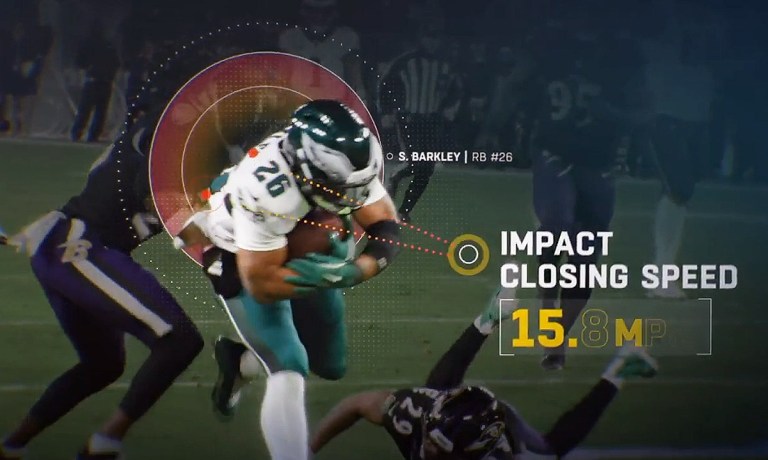AI Takes the Field: How Artificial Intelligence Is Powering the Next Era of Sports
The sports world is experiencing a significant transformation with the integration of artificial intelligence (AI). From professional leagues to recreational activities, AI is revolutionizing how athletes perform, how fans engage, and how sports are managed.

Football
Football teams are leveraging AI-powered sensors in helmets and pads to collect data on player movement and collisions. This information is analyzed using machine learning models to optimize training, reduce injury risk, and suggest play calls based on real-time opponent tendencies. AI also helps coaches by analyzing game footage to anticipate rival strategies and adjust tactics during games. For fans, AI-enhanced broadcasts provide instant statistical insights and predictive analytics, making the viewing experience more interactive.
Soccer
The soccer world has embraced AI for various aspects of the game, including scouting, tactics, and officiating. Clubs use AI-driven video analysis to identify emerging talent and subtle tactical patterns. Wearable technology tracks player stamina and positioning, while edge computing enables instant feedback on the pitch. AI-powered apps allow young players to upload their drills for evaluation, democratizing access to elite-level scouting.
Baseball
Baseball has become a playground for AI innovation. Teams employ data scientists to simulate pitcher-batter matchups, using deep learning to forecast outcomes and tailor training regimens. AI models monitor player mechanics and workloads, identifying potential injury risks before they become serious. AI-driven highlight generators provide instant replays and personalized content, keeping fans engaged throughout the game.
Bowling
Bowling has undergone a digital transformation with the introduction of AI devices that power real-time scoring and provide instant feedback on ball speed, spin, and trajectory. Systems like Gemini AI offer personalized coaching tips and generate dynamic commentary, making the bowling alley a hub of data-driven improvement. Verified remote competitions and global leaderboards connect bowlers worldwide, turning a local pastime into a global digital sport.
Running
Mobile apps equipped with computer vision and biomechanics algorithms analyze a runner’s gait, posture, and stride, offering personalized drills to improve efficiency and reduce injury risk. AI-driven coaching platforms adapt training plans in real-time, responding to fatigue, weather, and performance data. Wearable devices process data at the edge, delivering instant feedback without the need for cloud connectivity.
Tennis
Systems like PlaySight and SmartCourt analyze every shot, spin, and movement, providing players and coaches with actionable insights during matches. AI-powered virtual coaches offer feedback on technique and tactics, making elite-level analysis accessible to club players and juniors. Automated line-calling systems have largely eliminated human error, while AI-enhanced broadcasts deliver real-time stats and predictive analytics to fans worldwide.
Aerobics
Smart mirrors and fitness apps use AI-powered motion tracking to assess form, count reps, and provide instant corrections during workouts. These systems adapt routines based on individual progress, fatigue, and goals, offering a level of personalization once reserved for private trainers. Edge computing ensures that feedback is delivered instantly, keeping participants motivated and engaged.
The Bottom Line
Across these sports, AI has become a silent MVP, analyzing data, optimizing performance, preventing injuries, and enhancing the fan experience. Whether you’re chasing a championship, a personal best, or just having fun at the bowling alley, the digital revolution is here, making every game smarter, safer, and more exciting. The future of sports isn’t just on the field; it’s in the algorithms running quietly behind the scenes.


